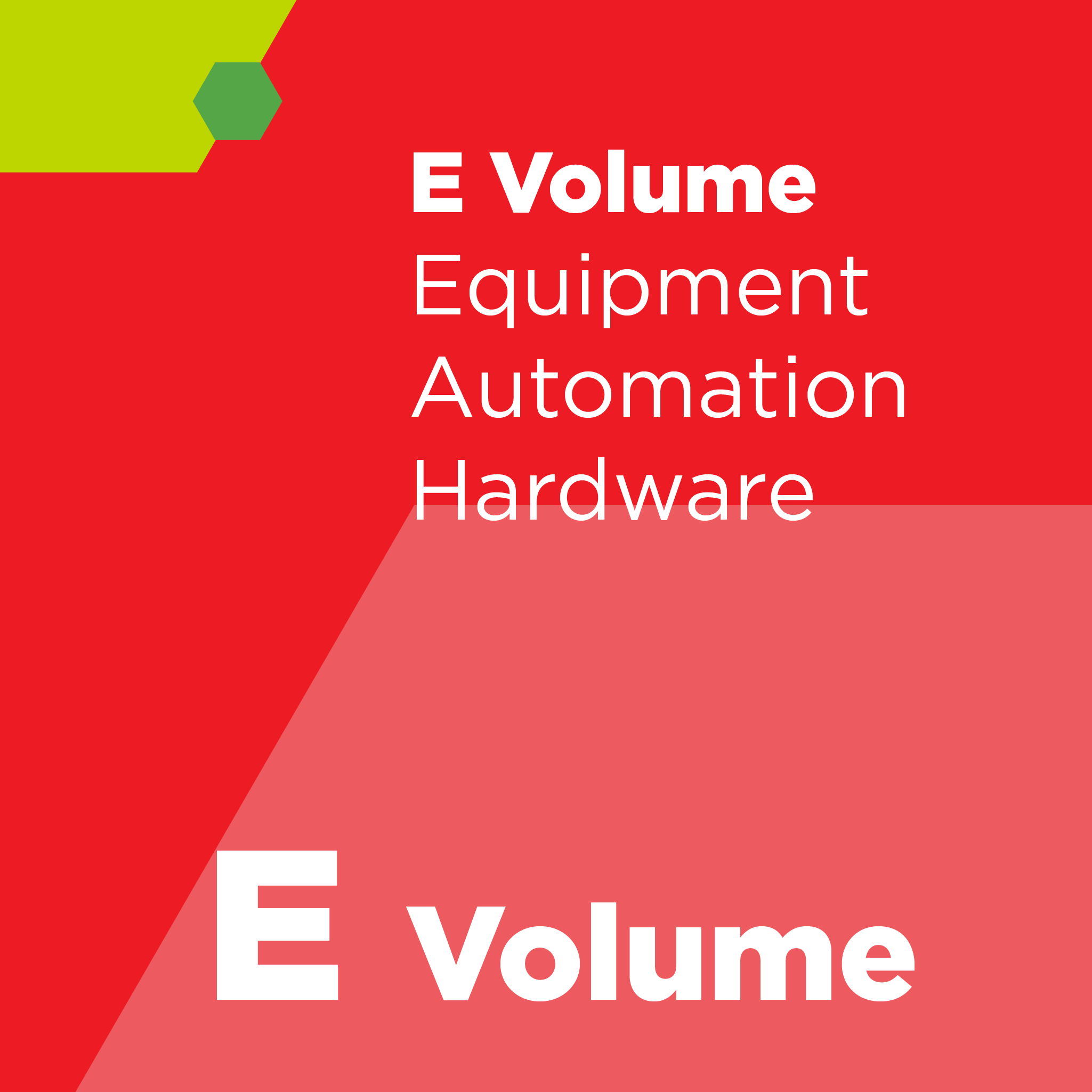
SEMI E78 - Guide to Assess and Control Electrostatic Discharge (ESD) and Electrostatic Attraction (ESA) for Equipment -
Abstract
The purpose of this Guide is to minimize the negative
impact on productivity caused by static charge and electric fields in
semiconductor manufacturing equipment. It is a guide for establishing
electrostatic compatibility of equipment used in semiconductor manufacturing.
Electrostatic compatibility in the entire semiconductor factory is addressed in
SEMI E129.
Electrostatic surface charge causes a number of undesirable
effects in semiconductor manufacturing environments.
- Electrostatic discharge (ESD) damages both products and reticles. ESD events also cause electromagnetic interference (EMI), resulting in equipment malfunctions.
- Charged wafer and reticle surfaces attract particles (electrostatic attraction [ESA]) and increase the defect rate. Charge on products can also result in equipment malfunction or product breakage.
- Operating problems and additional product defects due to static charge can have a negative impact on the cost of ownership (COO) of semiconductor manufacturing equipment (refer to SEMI E35).
This Standard can be used as a guide for equipment
manufacturers during the design and testing of their equipment. The test
methods described can also be used by semiconductor manufacturers to check the
performance of equipment and to verify its conformance with procurement
specifications.
Semiconductor process technology continues to move toward
smaller product geometries. Acceptable static charge levels continue to decrease
with product feature size. This Guide provides recommendations for equipment
static charge limits that are appropriate for the product being manufactured,
referencing the feature sizes contained in the International Roadmap for
Devices and Systems (IRDS).
The scope of this Guide is limited to providing recommended
methods of measurement and guidance for the maximum recommended level of static
charge on:
- Product or reticles,
- Carriers, and
- Parts of the input/exit ports of equipment and minienvironments.
This Guide presents a table of maximum recommended levels
of static charge on products, reticles, carriers, and the input and exit ports
of production equipment or minienvironments. The purpose is to:
- Reduce product, reticle, and equipment damage due to ESD;
- Reduce equipment lock-up problems due to ESD events; and
- Reduce the attraction of particles to charged surfaces.
This Guide references SEMI E43 and other methods of
measuring static charge.
Referenced SEMI Standards (purchase separately)
SEMI E33 — Guide for Semiconductor Manufacturing Equipment
Electromagnetic Compatibility (EMC)
SEMI E35 — Guide to Calculate Cost of Ownership (COO)
Metrics for Semiconductor Manufacturing Equipment
SEMI E43 — Guide for Electrostatic Measurements on Objects
and Surfaces
SEMI E129 — Guide to Assess and Control Electrostatic
Charge in a Semiconductor Manufacturing Facility
SEMI E163 — Guide for the Handling of Reticles and Other
Extremely Electrostatic Sensitive (EES) Items Within Specially Designated Areas
Revision History
SEMI E78-0222 (technical revision)
SEMI E78-0912 (technical revision)
SEMI E78-0309 (technical revision)
SEMI E78-0708 (technical revision)
SEMI E78-0706 (technical revision)
SEMI E78-1105 (complete rewrite)
SEMI E78-1102 (technical revision)
SEMI E78-0998 (first published)
 |
Interested in purchasing additional SEMI Standards? Consider SEMIViews, an online portal with access to over 1000 Standards. |
Refund Policy: Due to the nature of our products, SEMI has a no refund/no exchange policy. Please make sure that you have reviewed your order prior to finalizing your purchase. All sales are final.

This product has no reviews yet.